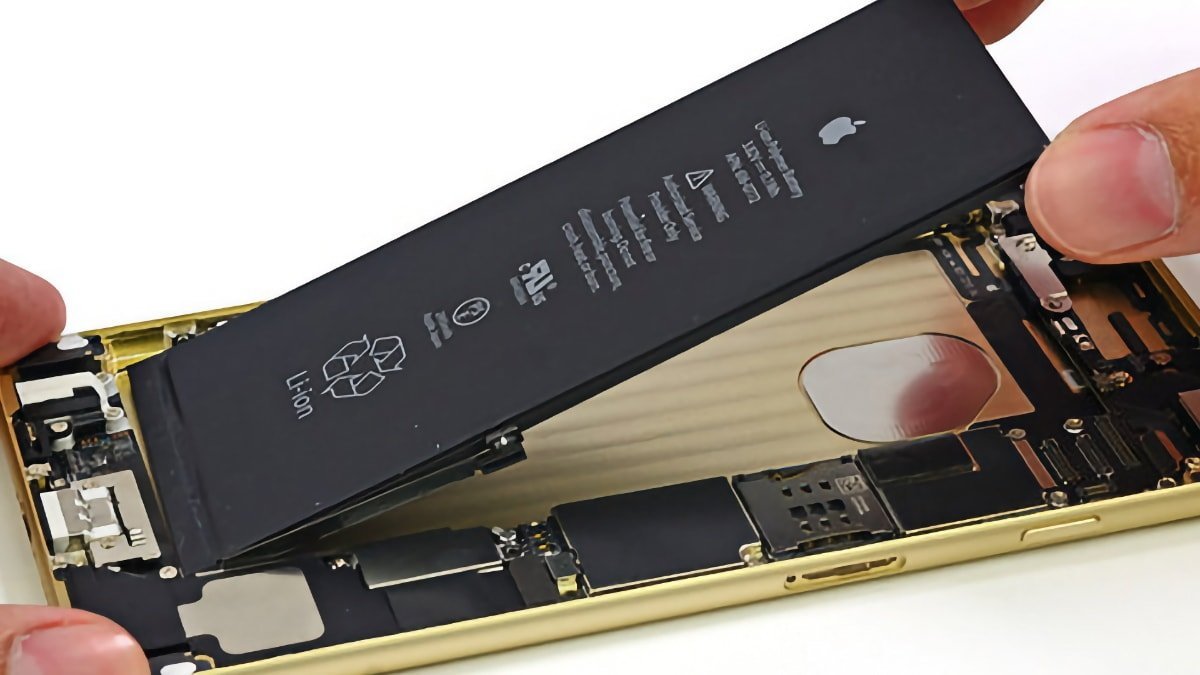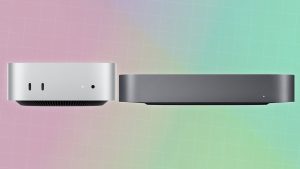
Pulling a battery out of an iPhone

Last updated 19 hours ago
Apple is reportedly testing ways to make it a lot easier for users to remove the glue holding down the battery in the iPhone, with a report suggesting the new tech may arrive as soon as the iPhone 16.
Like many mobile devices, the battery in the iPhone is a very difficult to service element. In the majority of cases, owners have to submit their iPhones to Apple or authorized repair centers to switch a worn battery for a new one.
With a large amount of components to remove to access it, as well as adhesives, the battery is quite difficult to replace normally. A user can do so via a self-service repair, but that still requires the rental of specialized tools from Apple itself.
Now, Apple is reportedly preparing to make replacement of the battery a bit easier for consumers. According to five people involved in the manufacturing process speaking to The Information, it may arrive with the iPhone 16 in at least one model.
If successful, it could also be rolled out to all iPhone 17 models.
The proposed change could make things easier, but not by much. After device disassembly, the current process of extracting the battery involves using tweezers to pull on adhesive strips. To add the new battery, a machine and tray is used.
The new version is called electrically-induced adhesive debonding, which involves encasing the battery in metal instead of foil. Using electricity, the battery can be dislodged from the chassis very quickly.
It is still a far cry from smartphones of yesteryear, which allowed users to easily remove the casing to grant them free access to the inside of the device, and the battery. It is thought that Apple will still be constructing the iPhone in a way that it will require specialist tools to take it apart, just like the current models.
Despite being easier, it seems likely that the process will only be accessible to customers well-versed in electronics, and are confident to perform their own repairs.
A regulatory pressure
Apple’s work on the technology may have been prompted by regulators attempting to force tech companies into making their hardware more repairable by home users.
In July 2023, the European Council approved regulations to ensure that batteries in many different product categories are replaceable by users. This impacts the iPhone, along with other hardware like electric bike batteries and those used for industrial applications.
While that may be interpreted by some to mean an accessible battery door, but the rule doesn’t specify it has to be easy to access. It does say that it can be removed using “commercially available tools,” though specialized tools could be used if they are provided free of charge.
In June, Apple announced it was going to expand its Self Service Repair program to a total of 32 European countries, with Canada added in 2025.
Depending on how Apple operates its Self Service Repair program in Europe, this could be enough to meet the requirements of the regulation.




